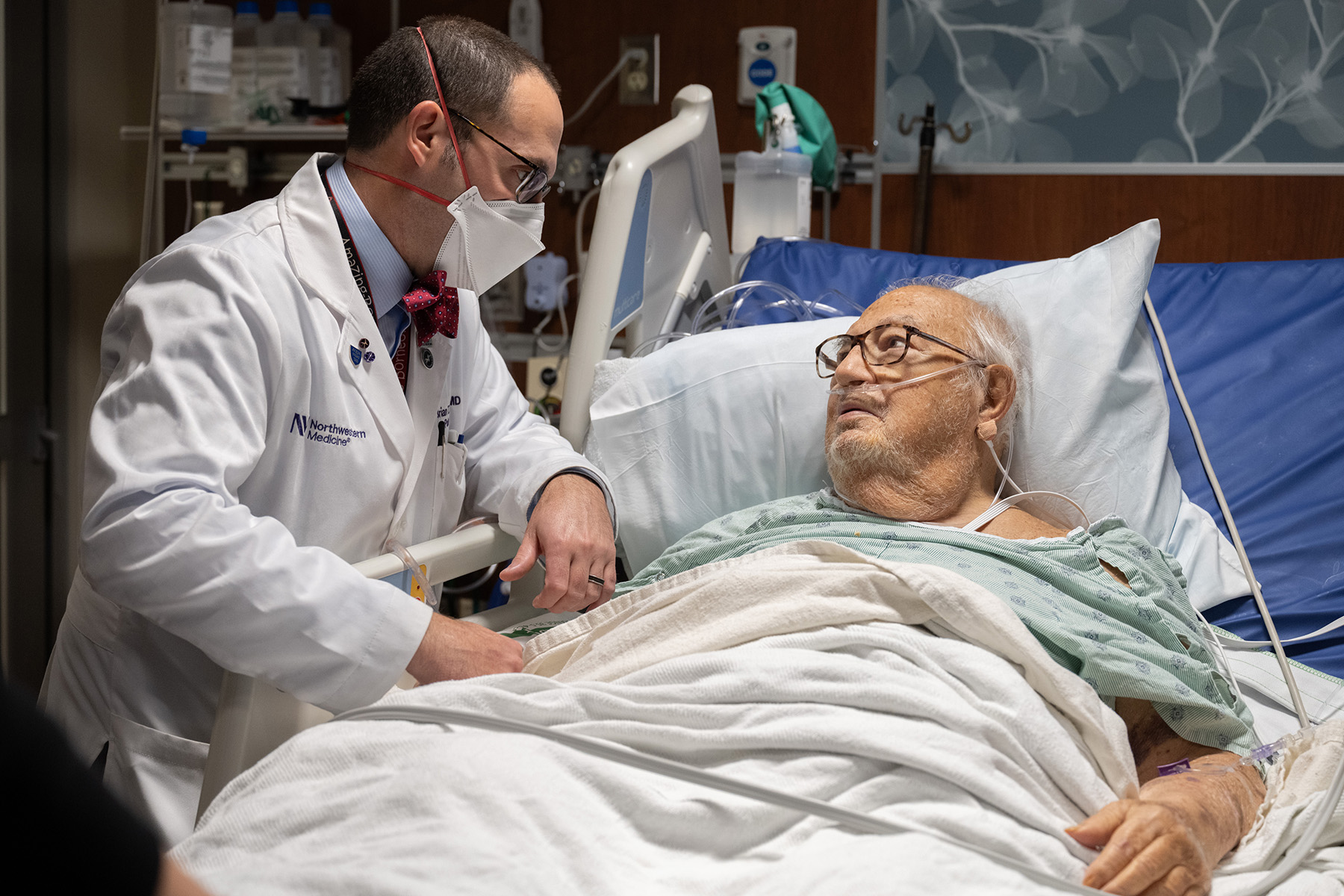
Northwestern has been awarded a three-year grant totaling $1.8 million from the U.S. Centers for Disease Control and Prevention (CDC) to study gun violence — the first time in more than 20 years that federal funding has been appropriated for research related to firearm violence prevention at the CDC since Congress passed the Dickey Amendment in 1996, which effectively banned federal research on the topic.
Linda A. Teplin, PhD, vice chair for research in the Department of Psychiatry and Behavioral Sciences, is the recipient of the grant and principal investigator of the study. Teplin and her colleagues will leverage the CDC funding to add an important layer to a larger investigation she is already conducting: Next Generation, the first prospective study of how high-risk parents’ involvement with firearms influences that of their adolescent children. The study examines both the perpetration and victimization of firearm violence.
In its original iteration, Next Generation was designed to sample only one child per family; the new CDC grant allows the team to compare firearm involvement between siblings, said Teplin, who is also the Owen L. Coon Professor of Psychiatry and Behavioral Sciences and professor of Medicine in the Division of Infectious Diseases. Next Generation is also funded by three grants from the National Institutes of Health and two grants from the Department of Justice.
“Siblings can influence the initial involvement with firearms, the propensity to perpetrate violence and the probability of becoming a victim. Yet, we have few data,” she said. “Next Generation is the first study to examine the role of siblings.”
Teplin and her team — including co-investigator Karen Abram, PhD, professor of Psychiatry and Behavioral Sciences, and Leah Welty, PhD, professor of Psychiatry and Behavioral Sciences and of Biostatistics in the Department of Preventive Medicine — will examine patterns of firearm involvement in concordance and discordance between siblings; the influence of parents’ firearm involvement on their children’s involvement (focusing on differences between siblings) and finally, identify risk and protective factors that explain within- and between-family differences. The sample will be composed predominantly of socioeconomically disadvantaged African Americans and Hispanics — groups that, Teplin says, face the most grievous consequences of firearm violence.
“The critical question is, ‘Why is one sibling able to avoid firearm involvement while the other is not?’” Teplin said. “Studying two children per family provides an unprecedented opportunity to examine resilience,” added Abram. “Siblings share the same family, neighborhood and often the same school environment, as well as roughly half their genes. Thus, they act as natural ‘controls’ for each other.” Findings will guide the development and adaptation of preventive interventions for the highest-risk families.
Northwestern is one of several institutions awarded funding from the $25 million appropriations bill. Previous federal funding for gun violence research had been restricted since 1996, when Arkansas Congressman Jay Dickey included a rider in a spending bill to prohibit the CDC from funding research that could be seen as advocating gun control. This provision effectively stopped gun violence studies. Illinois Senators Dick Durbin and Tammy Duckworth are co-sponsors of the Gun Violence Prevention Research Act, which sought to authorize this funding.
Teplin believes the bill will “redress the current imbalance in funding.”
“Although firearm violence is the second leading cause of death in adolescents, over 50 times more scientific articles are published on childhood cancer — the fifth leading cause of death. And poor urban children – particularly racial/ethnic minorities – have been disproportionately the victims of this imbalance,” she said.
To learn more about Next Generation, along with its companion study, the Northwestern Juvenile Project (NJP), the first-ever longitudinal study investigating the mental health and long-term outcomes of youth detained in the juvenile justice system, read “Informing Policy” in Northwestern Medicine magazine.






